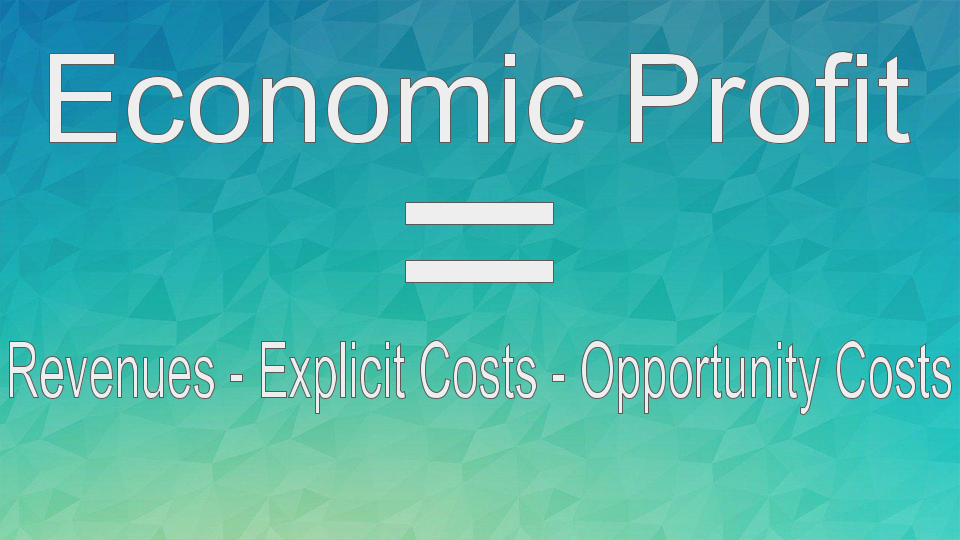Economic profit is the difference between the revenue obtained from the sales of products or services and costs spent to produce them, including opportunity costs (benefits a company loses because of not choosing a different alternative) and explicit costs (expenses on lease payments, inventory, raw materials, and utilities).
In this article, we’ll uncover the importance of economic profit, figure out the difference between economic and accounting profit, and get to know how to calculate the measure.
Why is economic profit important?
Economic profit is crucial because it helps assess a company’s profitability and financial performance. It shows whether a particular business can cover its expenses and bring revenue to stakeholders. According to this measure, brands are successful only when they bring wealth to the parties involved. By estimating the measure, entrepreneurs determine their primary sources of big financial profits and the costs incurred by their company.
Although the process is considered time-consuming, it helps estimate a possible profit a certain brand can obtain. It’s done by reviewing any alternative options that stakeholders decided not to undertake for some reason. When companies want to compare the revenues they could obtain from different options, they use economic profit.
Now that you know why economic profit is essential, let’s make the difference between economic and accounting profit clear.
Economic Profit vs. Accounting Profit
Both economic and accounting profits are estimated by subtracting the expenditures on raw materials, wages, inventory, utilities, marketing, and transportation from the revenue a company manages to receive. However, to estimate economic profit, a manager also needs to know the opportunity costs to subtract them from the revenue as well. Businesses also use the measure to decide whether to enter, stay, or leave the market.
At the same time, to estimate accounting profit, a business owner has to be aware of the money a company manages to earn and also its explicit costs. The main difference between these two measures is that the first includes explicit and opportunity costs, whereas accounting profit includes only explicit costs.
The difference is clear, so it’s time to proceed to calculations.
How to Calculate Economic Profit
Generally speaking, economic profit can be estimated by deducting opportunity and explicit costs from a certain company’s revenue. You can see a formula and costs you need to know to do all estimations below.

The results you receive can be positive, negative, and zero. Positive points out that a business managed to cover its expenses and earn some additional capital. Negative shows that a company didn’t cope with the task, couldn’t cover the costs, and a business owner suffered losses. Zero profit is considered normal if a company has been in the market for a long time. It can happen due to the emergence of new companies.
To understand everything more clearly, we need to see an example. Say, there’s a consumer goods company called WWW. Let’s review the costs and revenue associated with this business. It took the owner $120,000 to start the company. After a year of producing and selling products, WWW succeeded in earning $165,000. In case this person hadn’t decided to open a business, they would have obtained $38,000 (opportunity costs) on their previous job. Hence, the economic profit will be:
$165,000 - $120,000 - $38,000 = $7,000.
You can see that the profit is positive. It means that a company managed to cover the expenses and gain some profit.
Simply put, the measure presents one of the indicators entrepreneurs use to determine the profitability of their business, evaluate its general performance, and analyze the profitability of other alternatives they decided not to choose.
Resources:
- This article defines the term and provides an example.
- In this article, you can find the advantages and disadvantages of economic profit.
- This article uncovers the difference between economic and accounting profit.
Last Updated: 22.03.2023

or